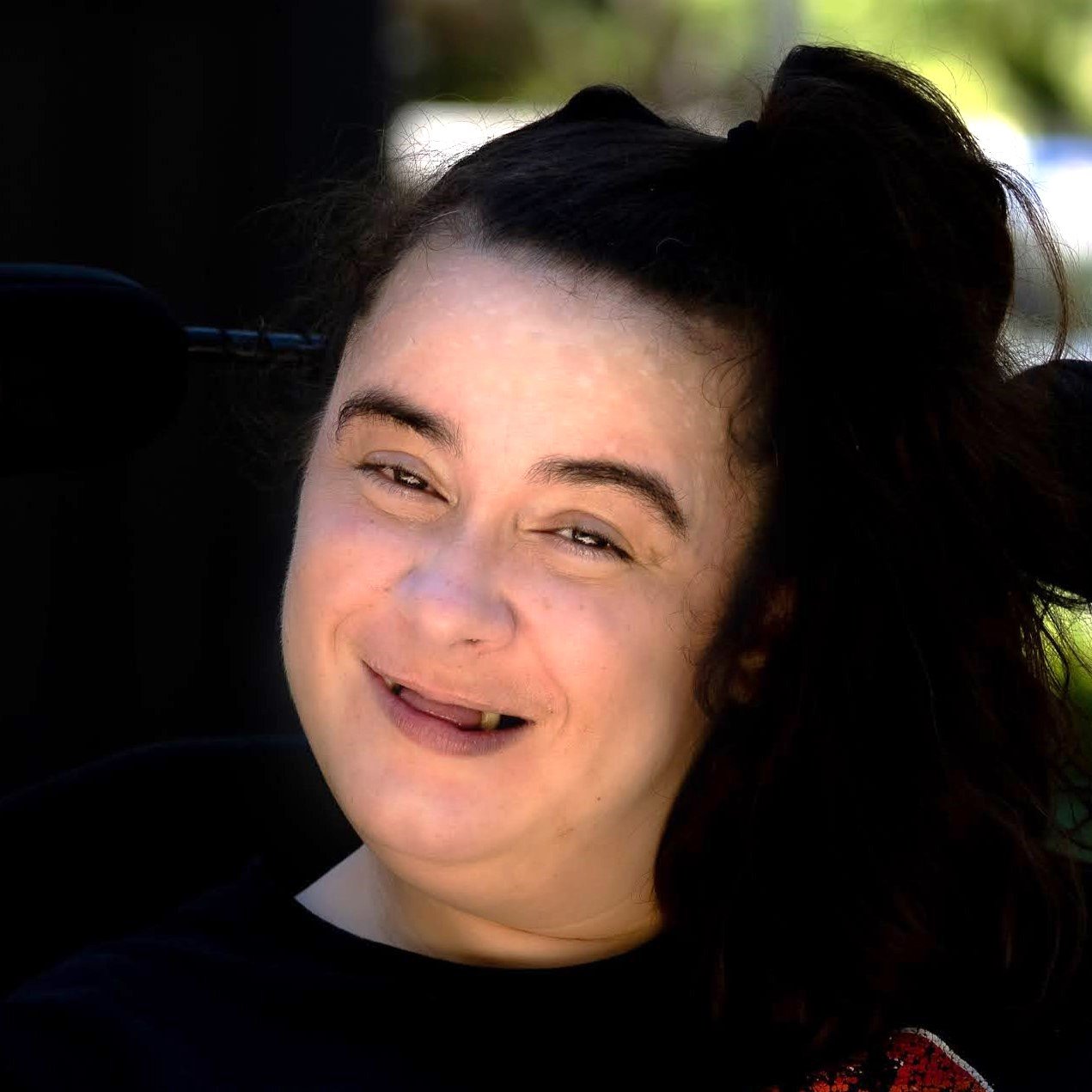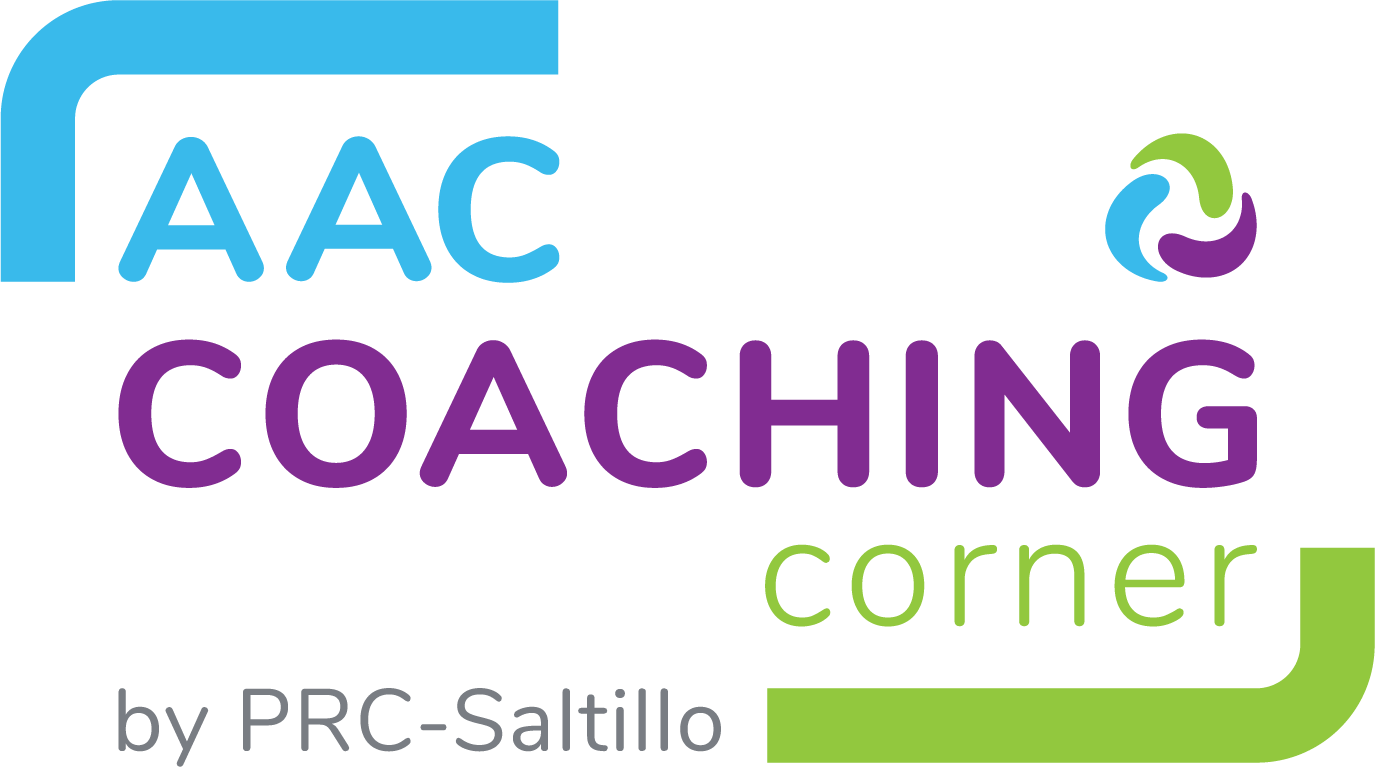
By Stephanie Fassov, PRC-Saltillo Ambassador
When most people think about autonomy, they picture independence, choosing where to live, setting personal goals, or making everyday decisions. For people who communicate on Augmentative and Alternative Communication (AAC), autonomy goes far deeper. It isn’t only about choices, but it’s about whether those choices are respected, whether our voices are recognized, and whether we are able to direct our own lives.
Self-Determination Theory (SDT) is a useful framework here. It identifies three psychological needs that drive human growth: autonomy, competence, and relatedness. For AAC communicators, autonomy is often the most fragile yet most important. And when autonomy is weakened, competence and relationships can easily be disrupted as well.
What Does Real Choice Look Like?
As a child, “choice” often meant selecting between two toys or two food items. On the surface, it appeared empowering, but in reality, it was shallow. I couldn’t choose what stories to share with friends or how to express myself in class. I remember feeling frustrated and just plain angry because I was stuck in my head, causing me to have emotional and behavioral dysregulation.
Real autonomy in AAC means choosing what to say, when to say it, and how to say it. With a rich vocabulary, I am a fierce advocate, can speak about current events and this political climate, help others, argue a point, or share my feelings. Without it, I’m left repeating pre-programmed phrases someone else decided for me.
How Does Voice Shape Identity?
AAC is not simply a device—it is my voice. Without it, others may reduce me to physical needs or basic responses. With it, I can reveal sarcasm, likes and dislikes, passion, and frustration.
I still remember the first time I picked out my gender neutral clothes that matched my identity through my Pathfinder, which was liberating. For the first time, my identity extended beyond survival. It became personality.
When people dismiss AAC as “just technology,” they overlook me and my identity as a proud AAC communicator. But when they respect it as my voice, they recognize me.
Why Does Pace Matter?
Using a device takes time. I must type, navigate, and interact with people slowly. Too often, people grow impatient, finish my sentences, or shift the conversation before I can respond.
When that happens, I feel invisible. My thoughts don’t disappear simply because they take longer to reach the surface.
Autonomy means honoring pace. The most supportive communication partners wait, look at my actual face rather than at my speech-generating device, and stay present until I finish. That patience says, Your words matter.
Why Does Self-Initiation Matter?
For years, my communication was structured around other people’s questions: “Do you want this?” “Are you ready?” I could answer, but I couldn’t lead.
The first time I initiated communication without being prompted, everything shifted. I wasn’t just responding; instead, I was directing the conversation.
Genuine autonomy requires initiation. It is the difference between surviving on borrowed words and speaking with ownership.
How Does the Environment Shape Autonomy?
I’ve lived in both restrictive and supportive spaces. In some classrooms, AAC was treated as an assignment, like it was timed, graded, and controlled. My device felt less like a voice and more like a test.
In supportive environments, however, I was encouraged to explore. I tried out new words and humor, and discovered how far my communication could go.
SDT reminds us: autonomy thrives in non-controlling spaces. For those who have AAC needs, this principle is not abstract, but it is a lived reality.
How Does Customization Build Freedom?
Not every AAC system feels authentic. Some came preloaded with irrelevant phrases. Others ' voices resembled either younger children or older adults, which did not sound like me at all. In those cases, my device felt foreign, like I was borrowing someone else’s identity.
When my system was customized, filled with my vocabulary, my cuss words, faith-based terms, and a voice that fit me, I finally felt free. That was the moment AAC stopped being a machine and became me.
I was completely obsessed with watching Annie movies, and once I learned Unity on my Pathfinder, everything changed. For the first time, I could finally talk about the movies I loved instead of just watching silently. Being able to share my excitement and opinions about Annie felt freeing and powerful—it was like unlocking a whole new part of myself. Communication wasn’t just about basic needs anymore; it became about expressing joy and connecting with others through something that mattered deeply to me.
How Does Autonomy Build Competence?
I feel most competent when my words land, when someone laughs at my sarcasm, watches me living my value-based life, responds to my argument, or nods in understanding. Each successful interaction builds confidence.
But when I am ignored, or when people assume AAC is “too slow,” I feel less than human and my sense of competence shrinks. Autonomy and competence reinforce each other: the more my communication is valued, the more capable I become.
Can Relationships Strengthen Autonomy?
The strongest relationships in my life are those where my autonomy is respected. Friends and family who wait for me, who believe in my potential, and who treat me as an equal allow my voice to grow.
As soon as they see me as another actual adult living in this broken world, I feel fully seen, heard, and understood, and my autonomy just expands. However, every time individuals do not see me as a capable adult, my heart shatters, as well as my autonomy.
My relationships where my device is dismissed or my input is undervalued leave me feeling like an object and silenced.
Autonomy doesn’t isolate. It grows best in relationships built on trust, connection, and mutual respect.
How Does Power Influence Autonomy?
AAC communicators live within systems where power imbalances are a constant presence. Teachers, speech-language pathologists, families, and support staff often control access to tools, vocabulary, or opportunities. They can either maximize autonomy or restrict it.
I experienced this imbalance firsthand. In kindergarten, a speech therapist replaced my advanced device with a simpler one because she didn’t understand my previous language program. Overnight, my autonomy disappeared. I could no longer share complex thoughts or participate fully with my peers. Others guessed at my words—sometimes correctly, often not. My autonomy was erased, not by my ability, but by someone else’s lack of knowledge. People labeled me as having significant intellectual issues, which destroyed my confidence and competency.
I’ve also experienced the opposite. Supportive partners empowered me by providing a robust vocabulary, encouraging the use of AAC in daily life, and celebrating my growth. They handed me tools without taking control. That balance allowed me to step into my autonomy.
Needs or Rights?
Communication is too often centered around “basic needs,” such as asking for food, help with the bathroom, or support with medical needs. But autonomy demands more.
AAC is not just about meeting needs. It is about exercising rights. The right to speak, to be heard, and to shape one’s own life.
The Bigger Picture
Autonomy in AAC is not optional; it is essential. Using Self-Determination Theory, we see that autonomy connects directly to competence, relationships, and overall well-being. But autonomy is never guaranteed. It must be nurtured through supportive environments, personalized tools, and respect for AAC users as full communicators.
Most importantly, autonomy is not about granting permission. It is about honoring rights. It is about shifting power away from traditional support systems, including educational and medical professionals, families, and support staff, and toward individuals who deserve to govern their own voices and lives.
A Call to Action
Think about the AAC users you know—or the ones you may meet in the future. Do you give them the time they need to finish their thoughts? Do you treat their device as their authentic voice? Do you expect growth, rather than limits?
Start today. Wait for their words. Celebrate their humor. Encourage initiation. Expand their vocabulary. Most of all, see their device not as equipment, but as them.
Because autonomy is not a privilege to grant. It is a right to respect.
Glossary
AAC (Augmentative and Alternative Communication):
Tools, systems, or strategies that help people communicate when speech is limited or unavailable. Examples include speech-generating devices, symbol boards, and communication apps.
Autonomy:
The ability to make and act on one’s own choices. In AAC, autonomy means deciding what, when, and how to communicate—without others controlling or limiting expression.
Competence:
A sense of capability and effectiveness. In communication, competence grows when AAC users are understood, respected, and able to express themselves successfully.
Customization:
Adapting an AAC system to match an individual’s vocabulary, symbols, and voice so it reflects their authentic identity.
Identity:
A person’s sense of self, including personality, humor, culture, and values. AAC allows individuals to express and share their identity with others.
Initiation (Self-Initiation):
Starting communication independently, rather than only responding to prompts or questions.
Pace:
The time it takes for someone to compose and share a message on their AAC system. Respecting pace means waiting without interrupting or rushing.
Power Imbalance:
When one group or individual has more control or authority than another. In AAC, support systems (therapists, medical professionals, support staff, educators) often hold power that can either restrict or support autonomy.
Relatedness:
A core need in Self-Determination Theory is the feeling of connection and belonging in relationships. For AAC users, this means being respected as an equal conversational partner.
Rights (vs. Needs):
Communication is not just about meeting basic needs like food or comfort. It is also a human right—every person has the right to express opinions, make decisions, and direct their own life.
Self-Determination Theory (SDT):
A psychological theory that explains human motivation through three basic needs: autonomy, competence, and relatedness.
Support Systems:
The people and structures—such as teachers, speech-language pathologists, medical professionals, support staff, and family—who can either empower or limit AAC users’ autonomy and independence.
There are no comments yet. Be the first to post!
You must be logged in to post.
Making AAC Work














